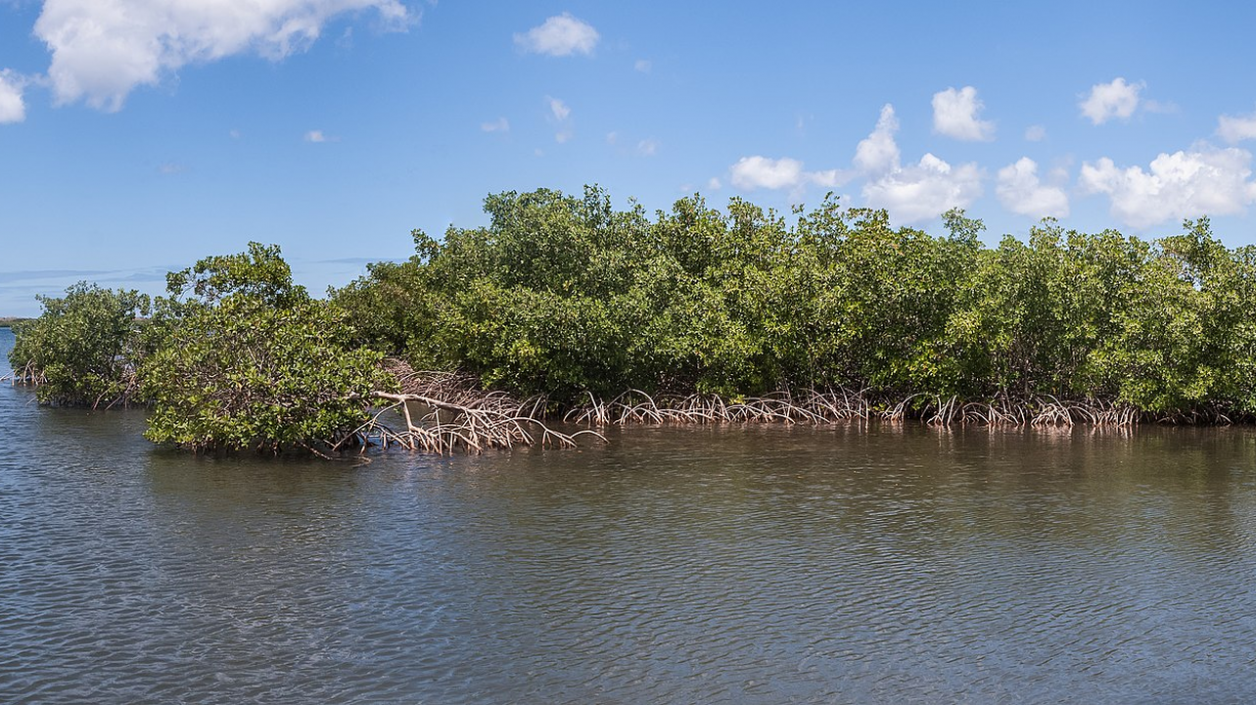A key characteristic of microbes, as their name suggests, is their microscopic size. However, a recently discovered bacterium living in the mangrove forests of the Caribbean exceeds all previous records: its elongated cell grew five thousand times larger than that of most microbes, and its average body length is one centimeter, reported by science.
The Thiomargarita magnifica Named after the unicellular, the previous record, the size of a tenth of a millimeter T. namibensis Close, visible to the naked eye. The T. Magnifica and thus larger than the muslika, or nematode frequently used in biological experiments.
However, this is not the most interesting feature of giant bacteria, but it can form a transition between eukaryotic (prokaryotic) and eukaryotic (eukaryotic) cells. Prokaryotic bacteria do not have a separate nucleus surrounded by a membrane, so their inheritance is almost a tangled tuft, and they also lack cellular organs such as mitochondria or pigment bodies. However, the detected recorder is distinct not only in body size but also in its genome size, and its membrane-protected genetics.
Size comparison of T. magnifica and other organisms. At the end of the filaments of giant bacteria are progeny cells that have not yet separated from them. Source: BIORXIV
The filaments of the giant bacteria were spotted about 10 years ago by Olivier Gros, a researcher at the University of the French Antilles, who fell into the waters of a mangrove forest on decaying leaves, but only about five years later, the filamentous creature was found to be unicellular when one of Gross’ pupils set off , Jean-Marie Volland, for his examination. Meanwhile, he found that an organism consists of a single cell, and that the cell’s DNA is bounded by a separate membrane within that cell. This means that prokaryotic and eukaryotic organisms that were previously defined as two completely separate branches are not as far apart as we thought. The T. Magnifica There is even a membrane-bound part in its cell, which means it can become quite massive in size.
Meet Thiomargarita Magnifica – Bacteria that measures 2 cm in length!!#microbiology #bacteria https://t.co/HCWnZyT39j
– Molecular Biophysics Laboratory – IIT Hyderabad (MBL_IITH) February 26, 2022
Experts consider bacteria small, by default, because their food, oxygen, or even toxins are excreted or absorbed directly through the cell, and this only works very close by. However, complex cells with a nucleus have different cellular organs that perform these functions, so eukaryotic cells can grow larger.
However, in 1999, Thiomargarita namibensis A giant germ called a membrane bounded membrane containing water and nitrates. The purpose of this pouch is to restrict the movement of various molecules into the cell wall, thus increasing the size of the cell. There is also a similar bag in the dungeon of a giant living in the Caribbean mangrove forest that contains water, filling approximately three-quarters of the dungeon. The researchers said the largest cell they encountered reached 2 inches, but would likely grow larger if it hadn’t collapsed with the flow of water, for example.

Snapshots of the microbe. Source: BIORXIV
The genome of giant bacteria is three times the size of the average bacterium, with about 11,000 genes, and studies show that this is due to the fact that certain parts of their DNA are repeated half a million times. The fact that it contains its own separate genetic material and is intracellular means a high degree of sophistication.
At present, the study on the special monocyte can only be read as an introduction to printing bioRxiv Server, i.e. no offer has been made to the magazine yet.












































